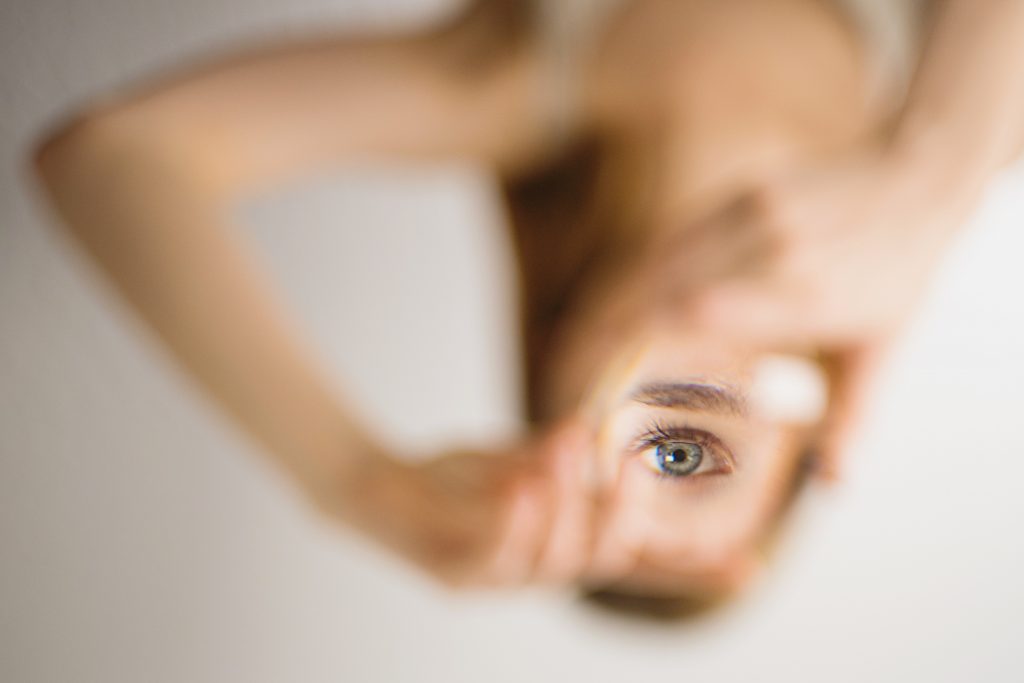Contact lenses (LAC) are widely used in daily life by most people with refractive disorders. However, prolonged and often inappropriate use of LACs can lead to ocular complications such as infection, inflammation or the occurrence of certain diseases, such as dry eye syndrome (dry eye disease - DED).
The DED is a complex disease in which multiple risk factors, such as genetic factors, age, gender, nutrition, environmental conditions, lifestyle, occupational conditions, immune status, hormonal status and medication, contribute to changes in the morphology and function of the ocular surface (cornea, conjunctiva, eyelids and tear film). I most frequent symptoms of DED are dryness, burning, irritation and the sensation of a foreign body inside the eye, as well as visual changesdisorders that inevitably affect quality of life. Contact lens DED is now recognised as a growing public health problem and is one of the reasons why specialist visits to the ophthalmologist are increasing: data show that the frequency of occurrence of DED among LAC wearers is as high as 50%.
What are the triggering factors?
The factors that can cause the onset of DED are numerous, and according to the latest research, it appears that the main triggers are related to presence of dust and pollution and unhealthy lifestyles such as cigarette smoking which negatively affects the comfort of the contact lens. Another factor that plays a decisive role in the occurrence of DED is related to a improper use of LACs, especially when cleaning the lenses themselves. In fact, the proper cleansing of LACs with the use of solutions suitable for the removal of, for example, protein and lipid deposits that naturally accumulate on the lens surface, is an essential requirement for the prevention not only of infection, but of DED itself. Indeed, these LAC cleaning solutions are formulated precisely for the removal of certain material deposits and at the same time have a high compatibility with the lachrymal film, the surface of the eye and all adnexa. Some studies, again, have shown a correlation between dry eye associated with LACs, low humidity and high temperature; also theExcessive use of digital devices such as screens, computers or smartphones has been considered among possible contributory causes. On the other hand, it appears from the latest research that there is no connection between daily and prolonged contact lens wear and the onset of dry eye syndrome.
What to do to prevent DED?
In order to reduce the likelihood of occurrence of this eye disease, certain measures can be taken such as:
- choosing the right LAC material;
- replace LACs frequently or never beyond the recommended date of use;
- use products specially formulated for cleansing LAC;
- use artificial tears that can help eliminate certain disturbing factors, such as dust, and rehydrate the surface of the eye.
Sources
The Correlation between Daily Lens Wear Duration and Dry Eye Syndrome. Lubis R. Maced J Med Sci. 20; 6(5):829-834, 2018.
Dr. Carmelo Chines
Direttore responsabile

